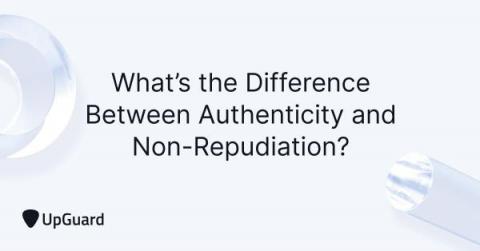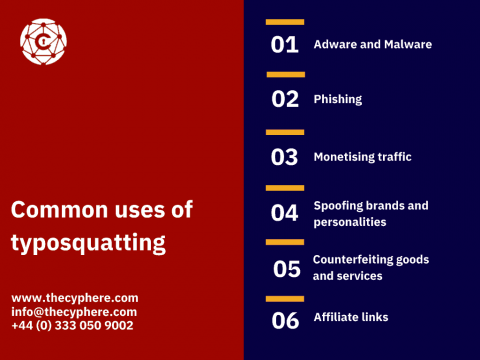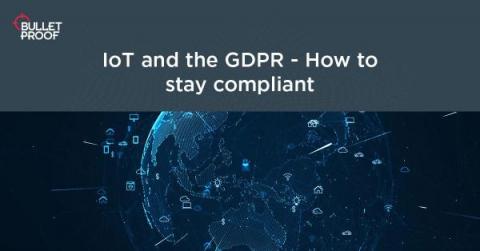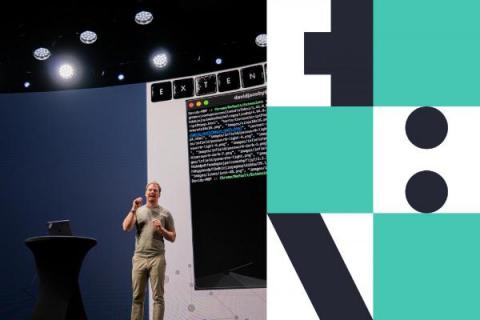What's the Difference Between Authenticity and Non-Repudiation?
Authenticity and non-repudiation are two core concepts in information security regarding the legitimacy and integrity of data transmission. Because we transmit data every day, it's important to verify the sender's origin (authentication) and ensure that during transmission, the data was not intercepted or altered in any way (integrity).











